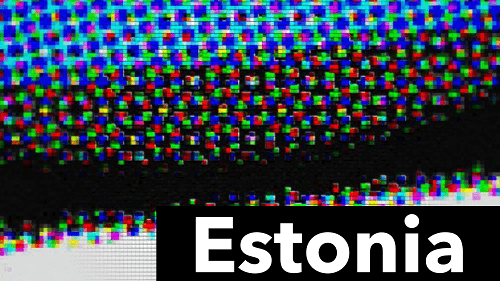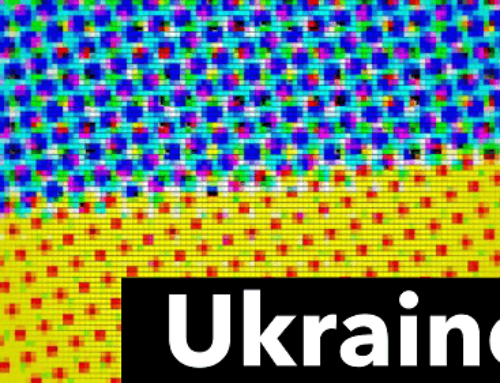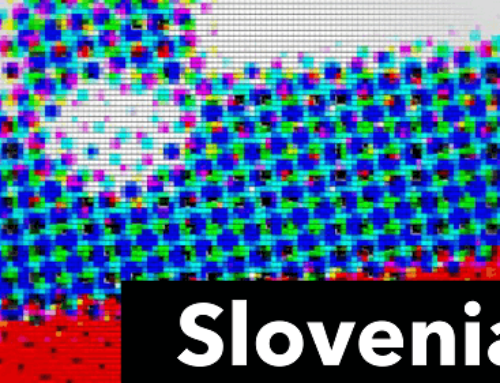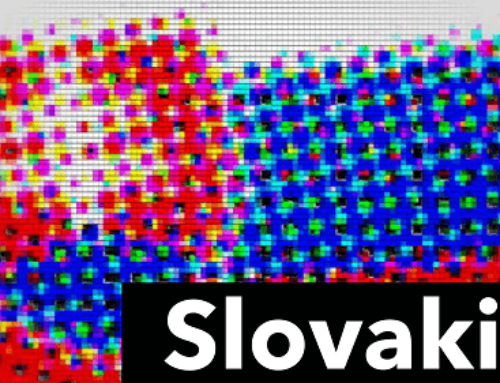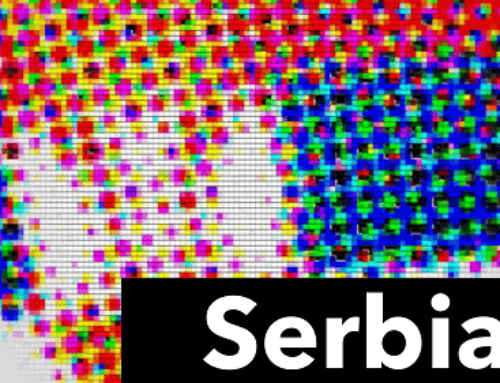Estonia is a parliamentary republic in the north-east of Europe with a relatively small population of around one million people. Nevertheless, the country is divided into 15 counties and 79 municipalities and has seen successful development. Therefore, a brief description of the political system in Estonia, as well as its current and historical developments follows.
History of Estonia
After World War I, Estonia gained independence from the then Russian Empire. This was followed by a period of democratic constitution, which was however overshadowed by an authoritarian regime and the country’s re-incorporation into the Soviet Union in 1940. During World War II, Estonia was even occupied by German troops. Through reforms in the 1980s, the country sought state autonomy from the Soviet Union. The revolution in Estonia is known as the “Singing Revolution” due to the rise of the Popular Front for Independence. This contributed to the achievement of independence and the drafting of an independent constitution for the country. After a referendum, the constitution came into force in 1992 and since then has constituted Estonia as a parliamentary democracy with the principles of the separation of powers and the protection of human rights. [1]
The political system of Estonia
The Head of State (President) is elected by the Parliament in a secret ballot with the necessity to a 2/3 majority and has a term of office of five years. He may not belong to any party while in office, and his core competence is the conflict management between parliament and government. The president can also dissolve the Parliament and announce new elections. In 2016, Kersti Kaljulaid was the first woman to be elected President.
The government consists of the prime minister and his subordinate ministers. He is appointed by the head of state, confirmed by parliament, and forms his government after an order of the parliament. There is also a strict separation between the head of state and the head of government.
The parliament in turn consists of one chamber and 101 deputies. The legislative period is four years. The main tasks of parliament are legislation and government control: it can request a non-confidence vote – however, the head of state makes the final decision. Important parties that are represented in parliament are the Center Party, the Reform Party (RE), Social Democrats (SDE), the Free Party (EV), and the Estonian conservative People’s Party (EKRE). The progressiveness of the country is shown above all by the online elections on the Internet, which are now frequently used. [2]
Economy and foreign policy
In any case, Estonia quickly managed the transition from the Soviet state-centered economy to a market economy – due to its Eurocentric orientation. Today it has the highest GDP of the successor states of the Soviet Union and even one of the highest in Eastern Europe. Government debt is low and unemployment is even below the EU average. Estonia also has good relations with its neighbors Latvia and Lithuania, as well as with Nordic countries such as Sweden and Finland. [3] The country has been a member of the EU and NATO since 2004. The Euro was introduced in 2011 – as the first Baltic country. Other international organizations the country is a member of include the WTO and the OECD. [4]
Christine Tapler

